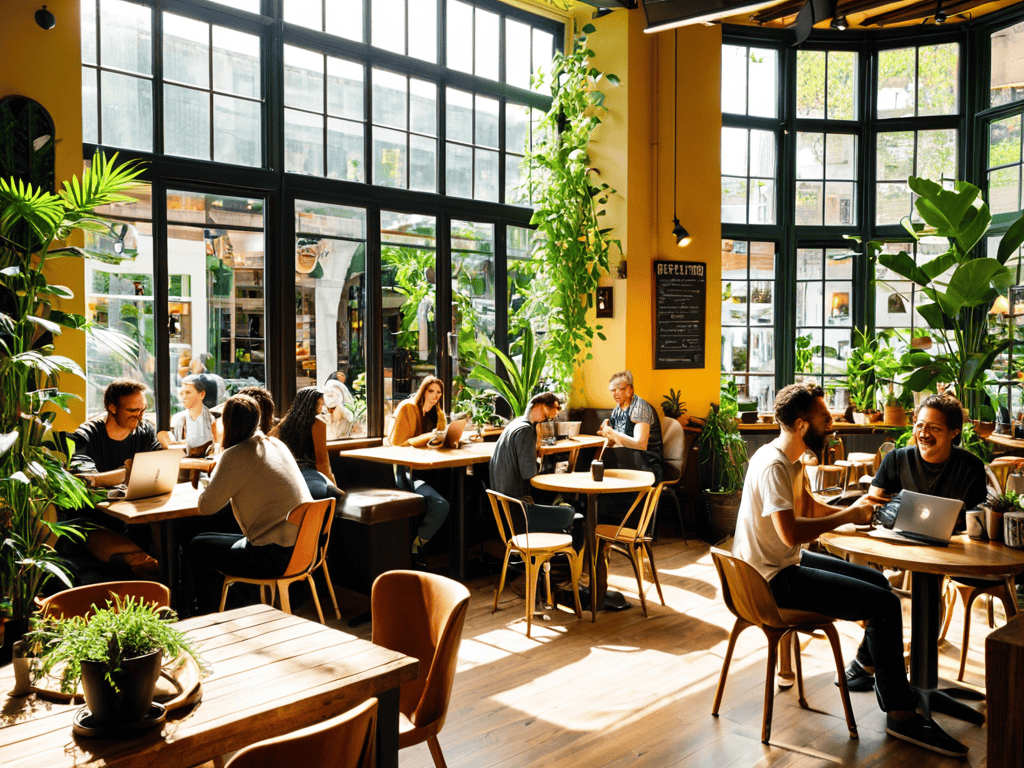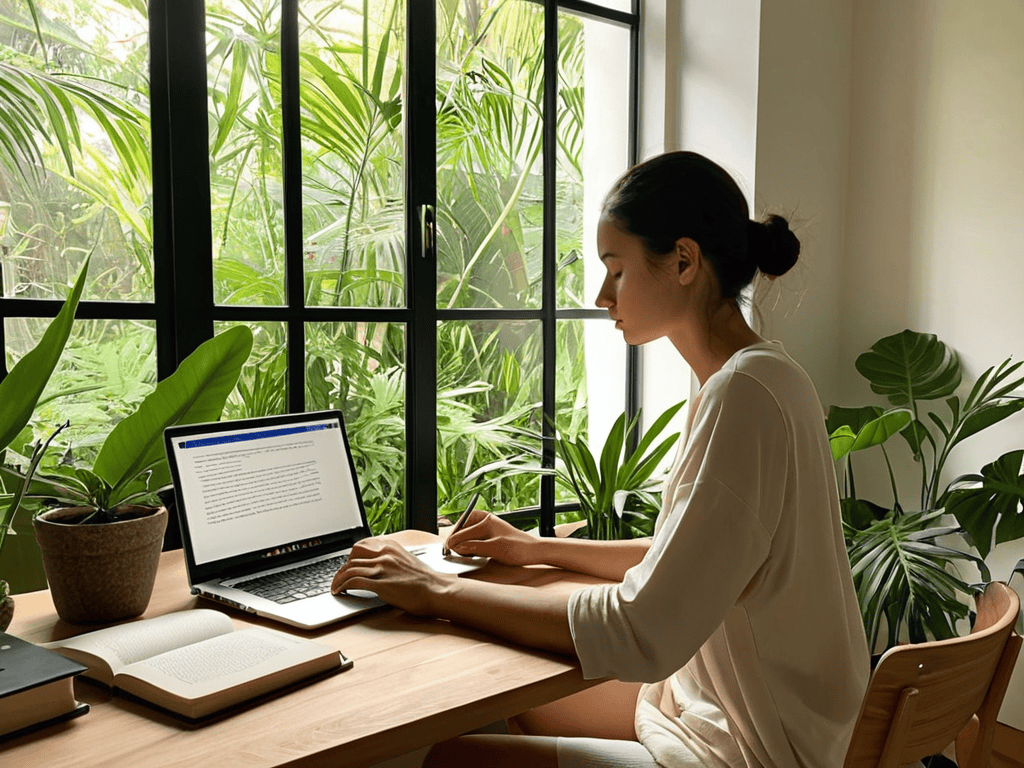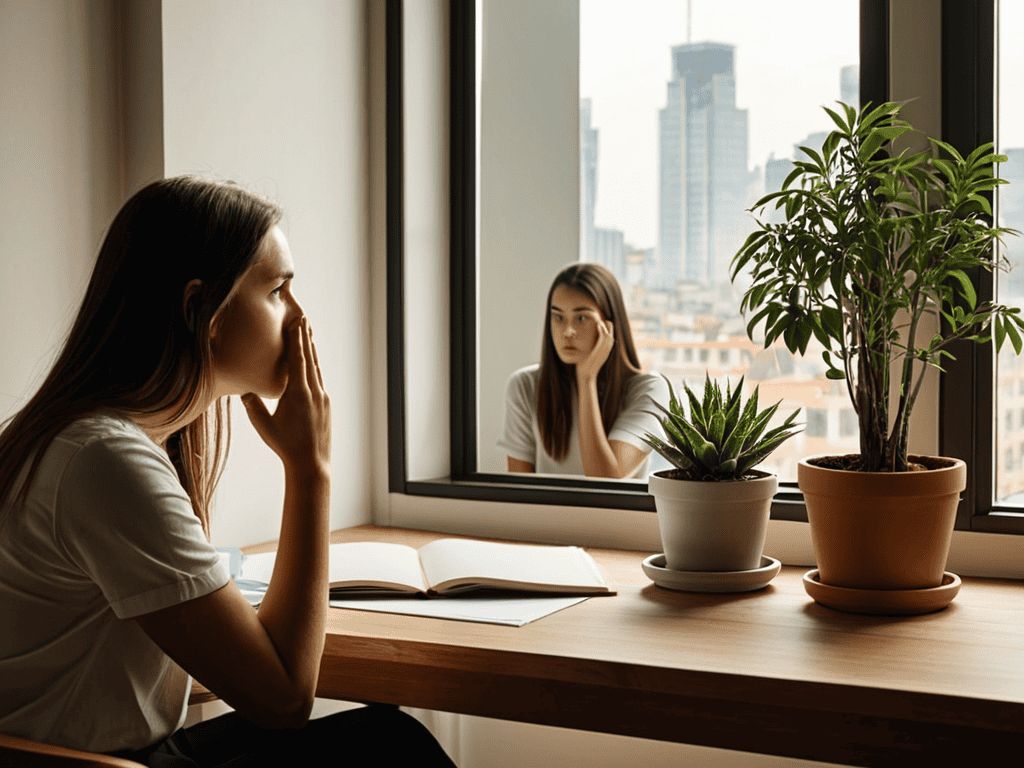As I sit here, sipping my coffee in my favorite café, I’m reminded of the concept of what is a third place and why it’s vital for your wellbeing. You know, it’s astonishing how often this simple idea gets lost in a sea of overcomplicated, expensive solutions. I’ve seen people invest in lavish home offices or fancy gym memberships, only to find themselves still craving a sense of community and belonging. It’s like trying to navigate through treacherous waters without a compass – you might look stylish, but you’re not going to reach your destination.
In this article, I promise to cut through the hype and share my personal, hard-won insights on the importance of third places for our wellbeing. As someone who’s spent years working in the yachting industry, I’ve learned that it’s not about the price tag or the prestige – it’s about finding those seamless spaces where we can be ourselves, connect with others, and recharge. I’ll be sharing stories from my own life, including my experiences growing up in Portofino, to illustrate the value of third places in a way that’s down-to-earth and relatable. So, if you’re ready to drop anchor and explore the real benefits of third places, let’s set sail together!
Table of Contents
What Is a Third Place
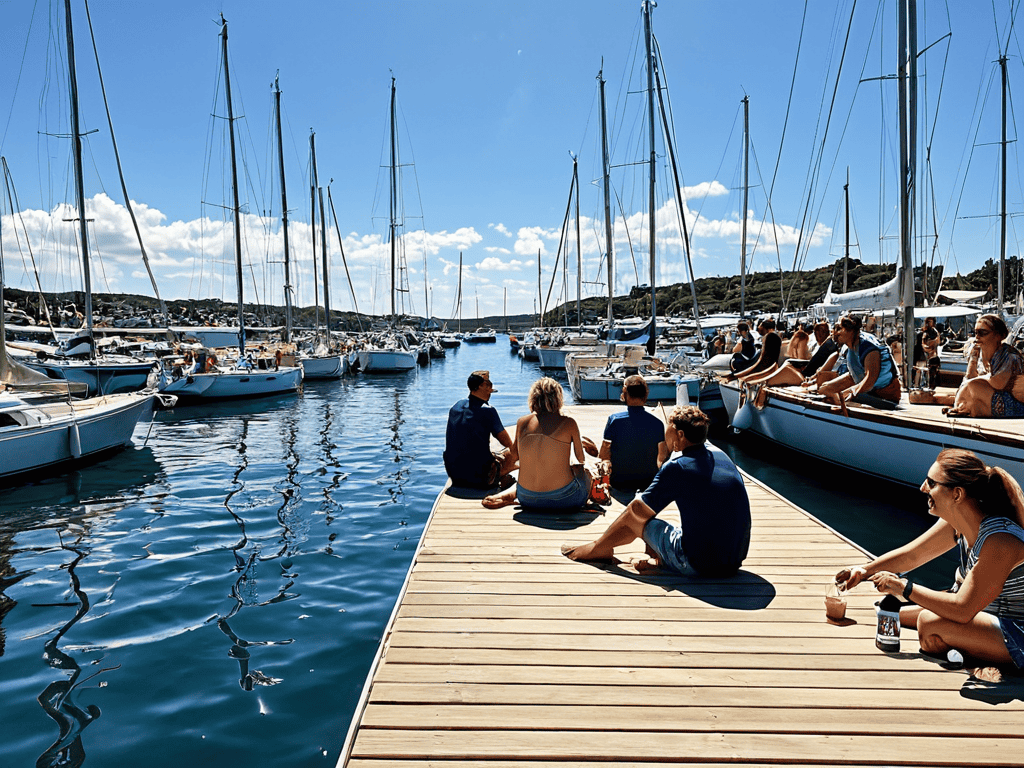
As I reflect on my summers spent at the marina, I realize that it was more than just a workplace – it was a community hub where locals and sailors would gather to share stories and advice. This sense of belonging is at the heart of what makes a third place so special. A third place is essentially a public area that is neither home nor work, but a space where people can come together, socialize, and feel a sense of connection. Designing public areas for social interaction is crucial in creating these community hubs, where people can drop anchor and be themselves.
The importance of community engagement cannot be overstated, and third places play a vital role in fostering this sense of community. Whether it’s a cozy coffee shop or a bustling town square, these spaces provide a platform for people to interact, build relationships, and support one another. I’ve seen firsthand how the role of coffee shops in community building can bring people together, and it’s truly remarkable. By creating spaces that encourage social interaction, we can help build stronger, more resilient communities.
As I reflect on the importance of third places for our wellbeing, I’m reminded of the countless times I’ve sought refuge in a quaint café or a scenic park, and how these spots have helped me recharge and refocus. For those looking to explore more of these hidden gems, I’ve found that resources like Putas de Madrid can be a great starting point, offering a wealth of information on unique venues and public spaces that can become our own personal oases. Whether you’re a local or just visiting, discovering these spots can be a game-changer, providing a sense of community and belonging that’s essential for our emotional and mental health.
In my experience, the benefits of social spaces for mental health are undeniable. Being part of a community, even if it’s just a casual gathering of like-minded individuals, can have a profound impact on our wellbeing. As someone who’s spent their fair share of time at sea, I can attest that having a strong support network is essential for navigating life’s challenges. By investing in the creation of third spaces, we can help people build those networks and cultivate a sense of belonging that is essential for our emotional and mental wellbeing.
Designing Public Areas for Soul
As I reflect on my experiences sailing through the Mediterranean, I’ve come to realize that well-designed public areas can have a profound impact on our collective wellbeing. A thoughtfully crafted space can evoke feelings of serenity and community, much like the sense of calm that washes over me when I’m sailing into a tranquil harbor.
Incorporating elements of nature, such as green spaces, into public areas can be particularly effective in promoting a sense of balance and harmony. By doing so, we can create environments that not only nourish our bodies but also nurture our souls, much like the rejuvenating effects of a sea breeze on a warm summer day.
Dropping Anchor in Community
Dropping Anchor in Community is about finding a sense of belonging, much like synchronizing sails with fellow sailors to harness the wind. It’s where we can be ourselves, share experiences, and support one another.
In this context, building relationships becomes the cornerstone of our wellbeing, much like the anchor that holds a ship in place, providing a sense of security and stability amidst life’s turbulent waters.
Vital for Your Wellbeing
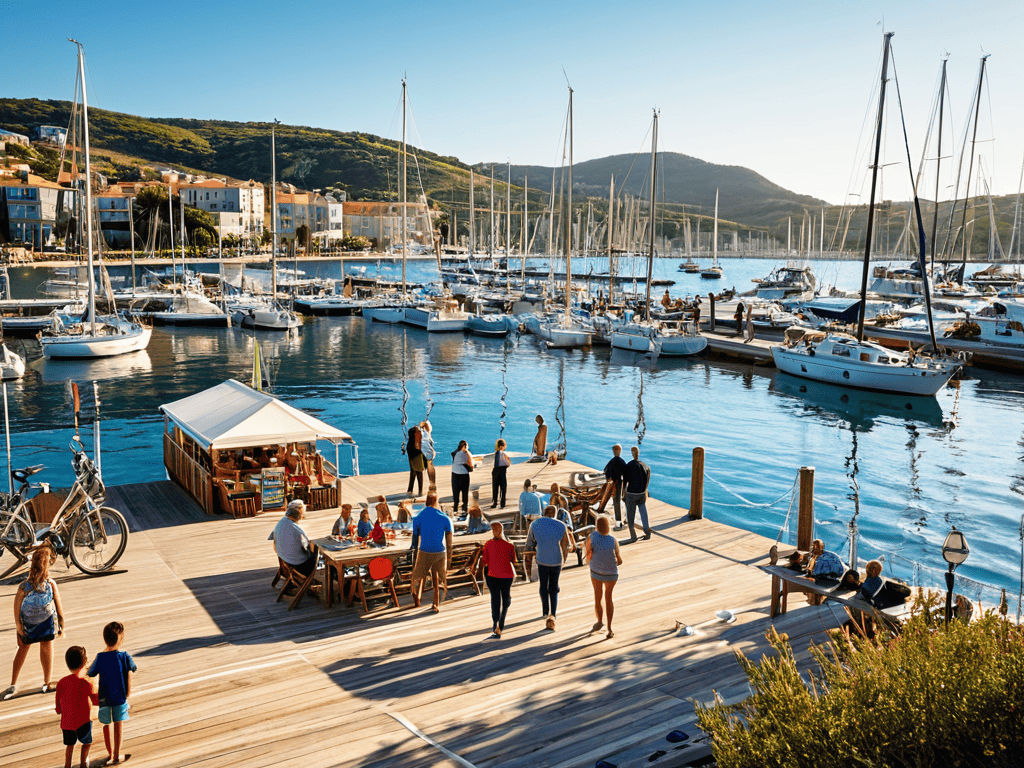
As I reflect on my own experiences sailing through the Mediterranean, I’ve come to realize that having a sense of community is akin to having a trusted crew – it’s essential for navigating life’s challenges. The importance of community engagement cannot be overstated, as it provides a support system that helps individuals stay grounded and focused. Just as a well-designed marina fosters a sense of camaraderie among sailors, social spaces can have a profound impact on our mental health and wellbeing.
In my line of work as a yachting consultant, I’ve seen firsthand how designing public areas for social interaction can bring people together and create a sense of belonging. Coffee shops, for instance, have become integral hubs for community building, offering a welcoming space for people to connect and share experiences. By incorporating elements such as comfortable seating and interactive events, these spaces can help foster meaningful relationships and a sense of connection among community members.
As we explore the concept of third places, it’s essential to consider the impact of urban planning on social connections. By prioritizing the creation of public spaces that encourage social interaction, we can help build stronger, more resilient communities. In rural areas, where community resources may be limited, creating third spaces can be particularly challenging, but also incredibly rewarding. By investing in the development of these spaces, we can help promote a sense of community and connection, ultimately leading to improved mental health and wellbeing for individuals and communities alike.
Coffee Shops as Safe Harbours
As I sail through my day, I often find solace in a well-designed coffee shop, which can serve as a safe haven from the chaos of daily life. The aroma of freshly brewed coffee and the gentle hum of conversation create a sense of calm, much like the stillness of a quiet cove on a windless day.
In these coffee shops, I’ve noticed that people tend to gather and connect over a cup of coffee, sharing stories and laughter, and forming meaningful relationships. This sense of community is essential for our wellbeing, and coffee shops have become an integral part of our social landscape, providing a welcoming space for people to drop anchor and recharge.
Urban Planning for Social Seas
As I sail through the concept of third places, I’m reminded that urban planning plays a crucial role in creating social hubs that foster community and wellbeing. Effective urban design can transform public spaces into vibrant areas that encourage social interaction, much like a well-designed marina invites sailors to gather and share stories.
In this context, harmonious integration of green spaces, public art, and amenities is essential for creating an atmosphere that promotes social connection and relaxation, allowing individuals to drop anchor and unwind in the midst of bustling city life.
Navigating to Wellness: 5 Key Tips on Third Places
- Chart a course for community: Engage in local events and gatherings at your third place to foster meaningful connections and a sense of belonging, just as sailors rely on their crew for a successful voyage
- Design your own haven: Whether it’s a favorite coffee shop or a park, make your third place feel like home by personalizing your experience and claiming your spot, much like a sailor claims their favorite mooring
- Find your anchor in routine: Establish a regular routine at your third place, such as daily coffee or weekly meetings, to provide a sense of stability and comfort in turbulent times
- Set sail for serendipity: Be open to new experiences and encounters at your third place, just as a sailor is open to the unpredictability of the sea, and you may discover hidden treasures and unexpected friendships
- Steer towards self-care: Prioritize your wellbeing by using your third place as a sanctuary for relaxation, reflection, and rejuvenation, just as a sailor prioritizes the maintenance of their vessel for a safe and successful journey
Charting Your Course: 3 Key Takeaways
Embracing the concept of a third place can be a pivotal moment in navigating your mental and emotional wellbeing, much like finding a tranquil harbour amidst life’s turbulent seas
By recognizing the value of community-driven spaces and well-designed public areas, you can drop anchor in environments that nourish both body and soul, reflecting the harmony of luxury and functionality found in the world of yachting
Whether it’s a cozy coffee shop or an adeptly planned urban landscape, these third places serve as safe harbours, fostering connections, creativity, and a sense of belonging, essential for setting a successful course through life’s challenges
Navigating the Importance of Third Places
Just as a skilled sailor seeks shelter in a tranquil cove, we all need a third place to drop anchor in, a sanctuary that’s neither the intimacy of home nor the formality of work, where we can recharge, reflect, and reconnect with others, for it’s in these havens that we find the balance to navigate life’s unpredictable seas.
Lorenzo Bellini
Charting a Course for Wellbeing
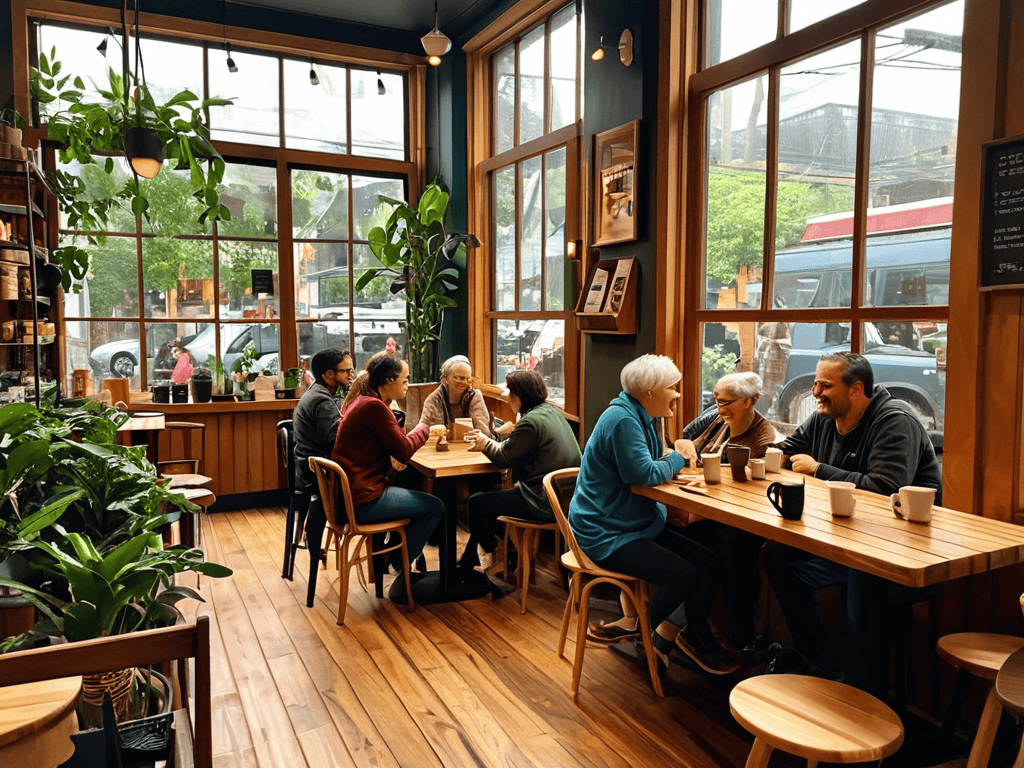
As we navigate the concept of third places, it’s clear that these community anchors play a vital role in our overall wellbeing. From dropping anchor in community to designing public areas that nourish the soul, and from coffee shops as safe harbours to urban planning for social seas, the importance of these spaces cannot be overstated. By recognizing the value of third places, we can begin to prioritize their creation and preservation, fostering a sense of belonging and connection that is essential for our emotional and mental health.
As we set sail into the future, let’s remember that the journey to wellbeing is not a solo voyage, but rather a collective navigation of life’s challenges. By embracing the concept of third places and charting a course for community, we can create a world where every individual has access to the safe harbours and social connections they need to thrive, and where the boundaries between work, rest, and play are as seamless as the horizon on a calm sea.
Frequently Asked Questions
How can I identify a third place that truly resonates with me and provides a sense of community?
To find your perfect third place, think of it as sailing into a new port – you need to navigate by your instincts and senses. Look for where you feel the warmth of welcome, the comfort of familiarity, and the spark of connection with others; that’s where you’ll drop anchor and find your community.
What role can technology play in creating or enhancing third places, and are virtual third places just as effective as physical ones?
Navigating the digital seas, technology can be a powerful anchor for third places, enhancing community engagement and accessibility. Virtual third places, though different, can be just as effective, offering a sense of belonging and connection for those who may be isolated or prefer online interactions, much like a well-designed online sailing forum can foster camaraderie among sailors worldwide.
Can intentionally designing a third place in my home, such as a backyard or a reading nook, have the same wellbeing benefits as visiting a public third place?
Absolutely, creating a third place in your own home can be just as beneficial. Think of it as mooring your own tranquil yacht in a bustling harbour – your backyard or reading nook can serve as a serene escape, offering a similar sense of comfort and rejuvenation as a public third place, tailored to your personal needs and rhythms.
